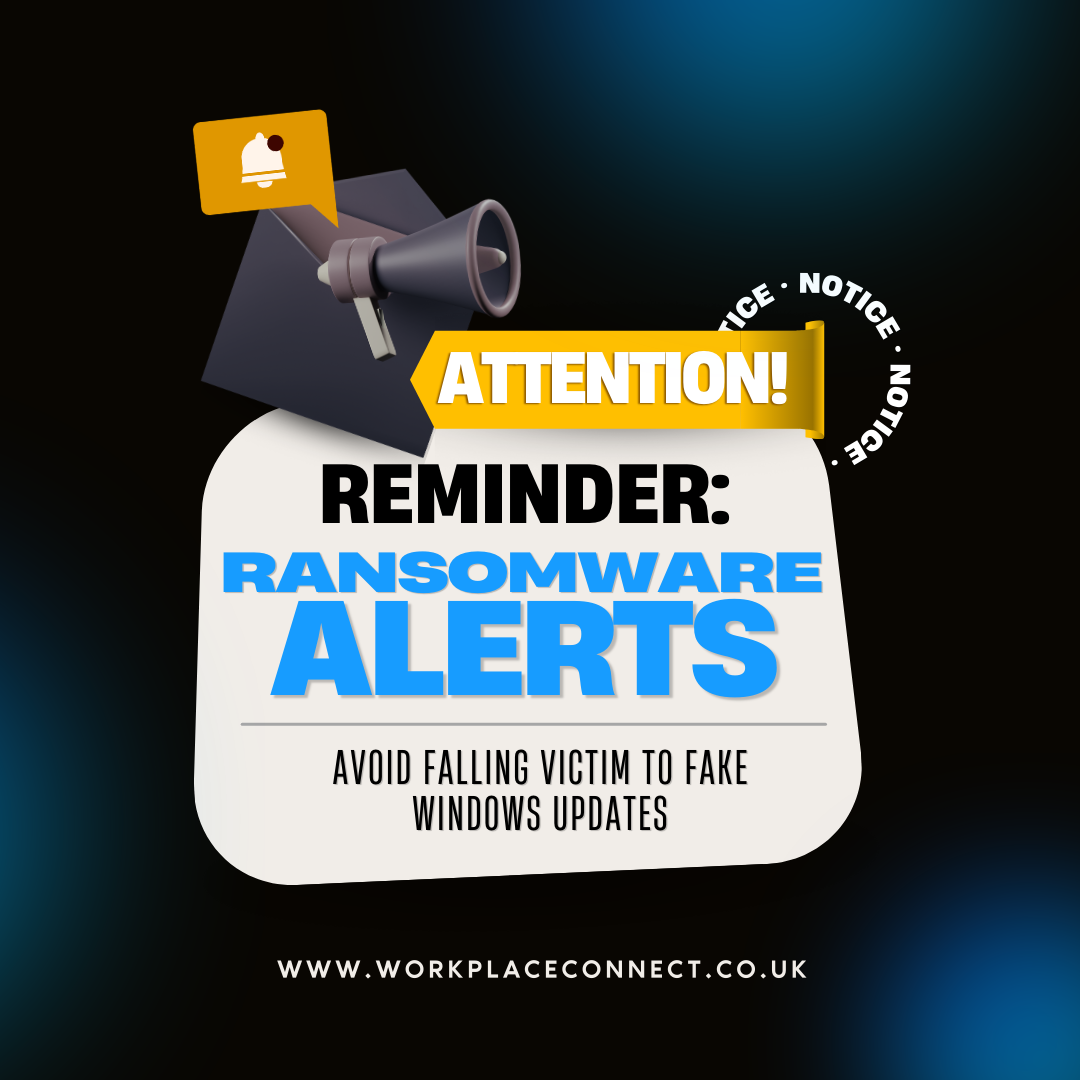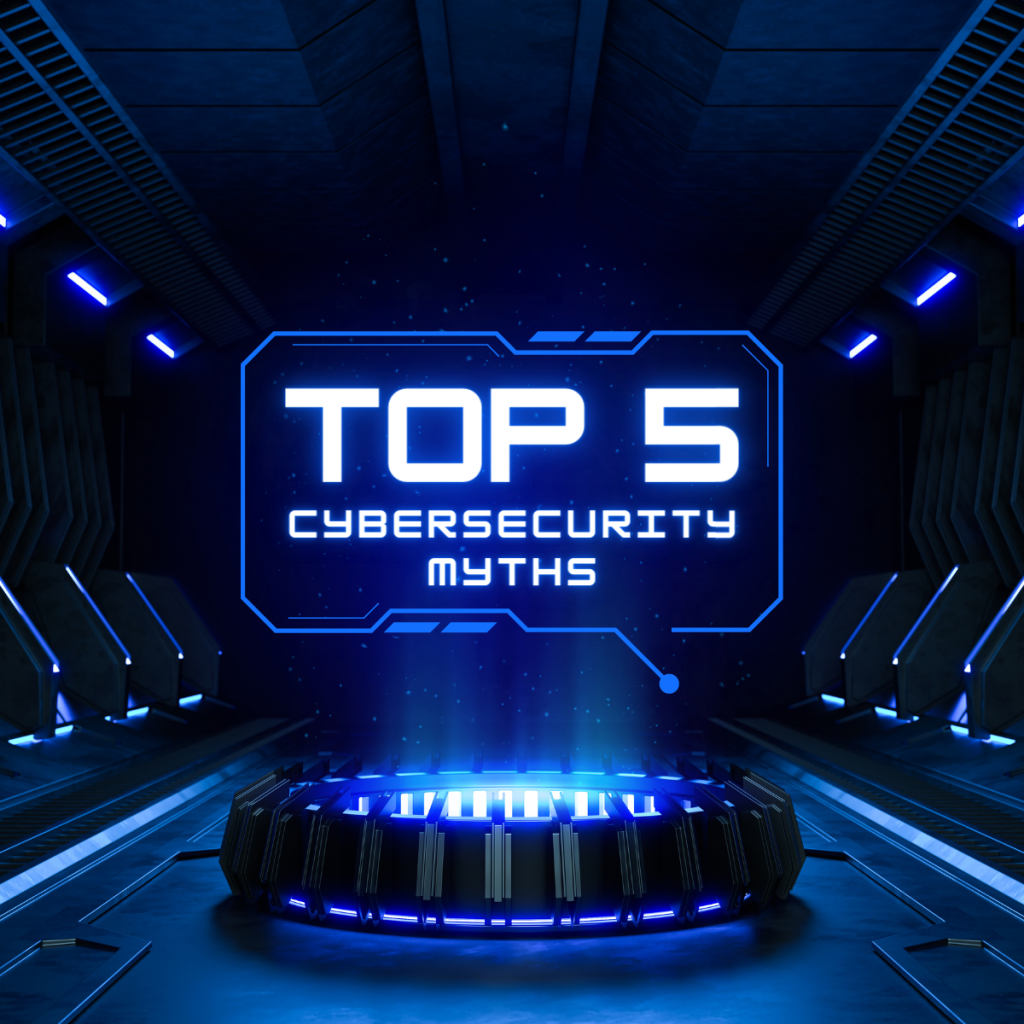The Big Head Ransomware Deception
Consider yourself using your computer when a Windows update prompt appears. You do something about it as opposed to ignoring it. You do want to protect your gadget, after all. However, you become infected with ransomware when you install an update that you believe to be authentic.
That is the nightmare that a new cybersecurity threat has brought forth.
Cybercriminals are always coming up with new strategies to break into networks. They encrypt important data, forcing victims to make tough decisions. Once your computer is infected with ransomware, it is essentially worthless. You can’t get the malware removed until you pay a ransom. Install a backup as well, if you have one.
Recently, a variation known as “Big Head” ransomware has surfaced. It poses as a Windows update, adding another level of trickery. We’ll get into the specifics of Big Head ransomware in this article. including its dishonest strategies. We also know how to keep yourself safe from these kinds of attacks.
The Big Head Ransomware Deception
The capacity of ransomware assaults to encrypt files has long made them notorious. As a result, the victim cannot access them until the attacker receives a ransom. The attackers have advanced their strategies in the Big Head ransomware outbreak. Subtly, the exploit poses as a Windows update.
The victims of the Big Head ransomware are shown a phony and convincing Windows update message. This false warning was created by attackers to deceive users. They believe that a genuine Windows update is being installed on their machine. The notification or pop-up window containing the message may appear.
The trickery is more extensive. A counterfeit Microsoft digital signature is used by the malware. This lends the phony update a more genuine appearance. This gives the fraudulent message even more legitimacy. That makes it increasingly harder for users to understand what it really is.
The target is tricked into believing it to be a genuine Windows update by the attack. After that, they unintentionally download and run the ransomware program on their computer. The malware then starts encrypting the victim’s files. The message that demands a ransom be paid to obtain the decryption key is seen by the victims.
By 2031, it’s expected a ransomware attack will happen every 2 seconds.
Protect Yourself from Big Head Ransomware & Similar Threats
Cyber attacks are rising in sophistication. Not just the good guys are experimenting with ChatGPT. Proactively safeguarding your data and systems is essential. Here are some tactics to protect yourself from Big Head-style ransomware assaults.
Keep Software and Systems Updated
This one is challenging because, although installing updates on your computer is a recommended security practice, the Big Head ransomware takes advantage of the appearance of these updates.
To ensure that you’re installing a legitimate update, automate your Windows updates via your device or an IT provider (such as us). This will raise the likelihood that you will identify a fake that appears out of the blue.
Verify the Authenticity of Update
Make sure a software update is legitimate before installing it. Updates for Windows that are genuine will come via Microsoft’s official website. Alternatively, by using Windows Update settings or your IT service provider. Take notice of unsolicited update alerts with caution. especially if they came from unknown sources or were sent by email.
Backup Your Data
Make frequent backups of your vital files. Make use of a secure cloud backup service or an external storage device. Having backup copies is essential in case of a ransomware attack. You may be able to recover your files from backups without having to pay a ransom.
Use Robust Security Software
Install trustworthy malware removal and antivirus programs on your computer. These tools can assist in identifying and thwarting ransomware attacks. This aids in keeping them out of your system.
Educate Yourself and Others
Keep up with the most recent strategies and risks related to ransomware. Educate your family, coworkers, and yourself. Talk about the risks involved with clicking on dubious links. downloading attachments from unidentified sources is another.
Use Email Security Measures
Phishing emails are a common way for ransomware to propagate. Install strong email security protocols. Use caution while clicking links or opening email attachments. Be wary of emails from senders you don’t recognise.
Enable Firewall and Network Security
Set the firewall on your PC to ON. To stop illegal entry into your network and devices, use network security solutions.
Disable Auto-Run Features
Set your computer up so that external disk auto-run is disabled. By doing this, the propagation of ransomware via contaminated USB drives may be halted.
Be Wary of Pop-Up Alerts
Be cautious when you see pop-up notifications. Particularly those that request that you install or download software. Check the validity of these warnings before responding to them.
Keep an Eye on Your System
Monitor the functionality of your machine and any odd activity. Look into anything strange that catches your eye right away. Among the suspicious PC activities are:
-
- Sudden hiccups in the system
-
- File modifications
-
- Missing directories or files
-
- The processor on your computer “whirring” while you’re not using it
Have a Response Plan
Prepare a plan of action for when the unlucky happened to experience a ransomware assault. Understand how to log out of the network. Inform your IT department or a cybersecurity expert about the occurrence. If at all possible, avoid paying the ransom.
Need a Cybersecurity Audit?
Don’t let unidentified dangers fester inside your system. You can learn more about your system weaknesses with a cybersecurity audit. It’s a crucial preventative step in maintaining network security.
Call us today to get yours done now!







